
CASA LEONE
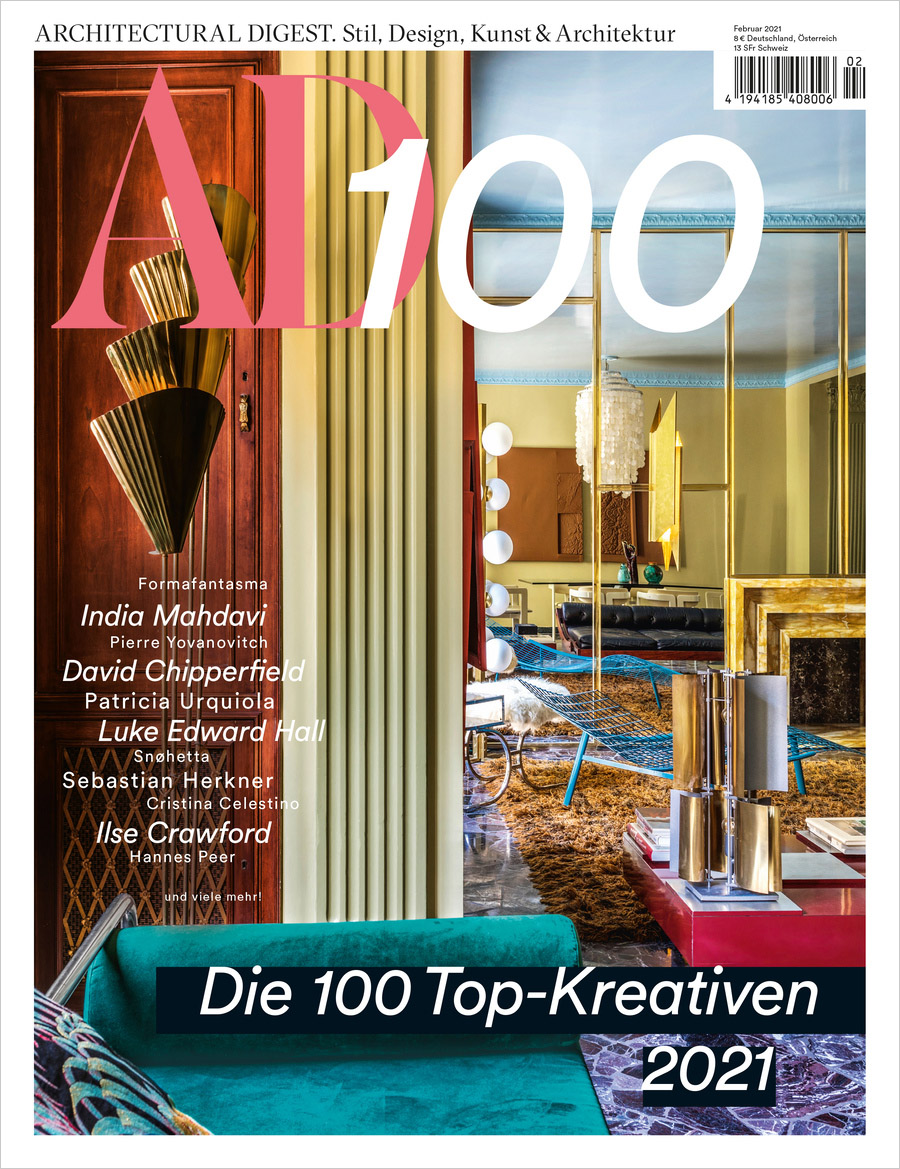
AD GERMANY COVER STORY FEBRUARY 2021 | PHOTOS: HELENIO BARBETTA STYLING: CHIARA DAL CANTO
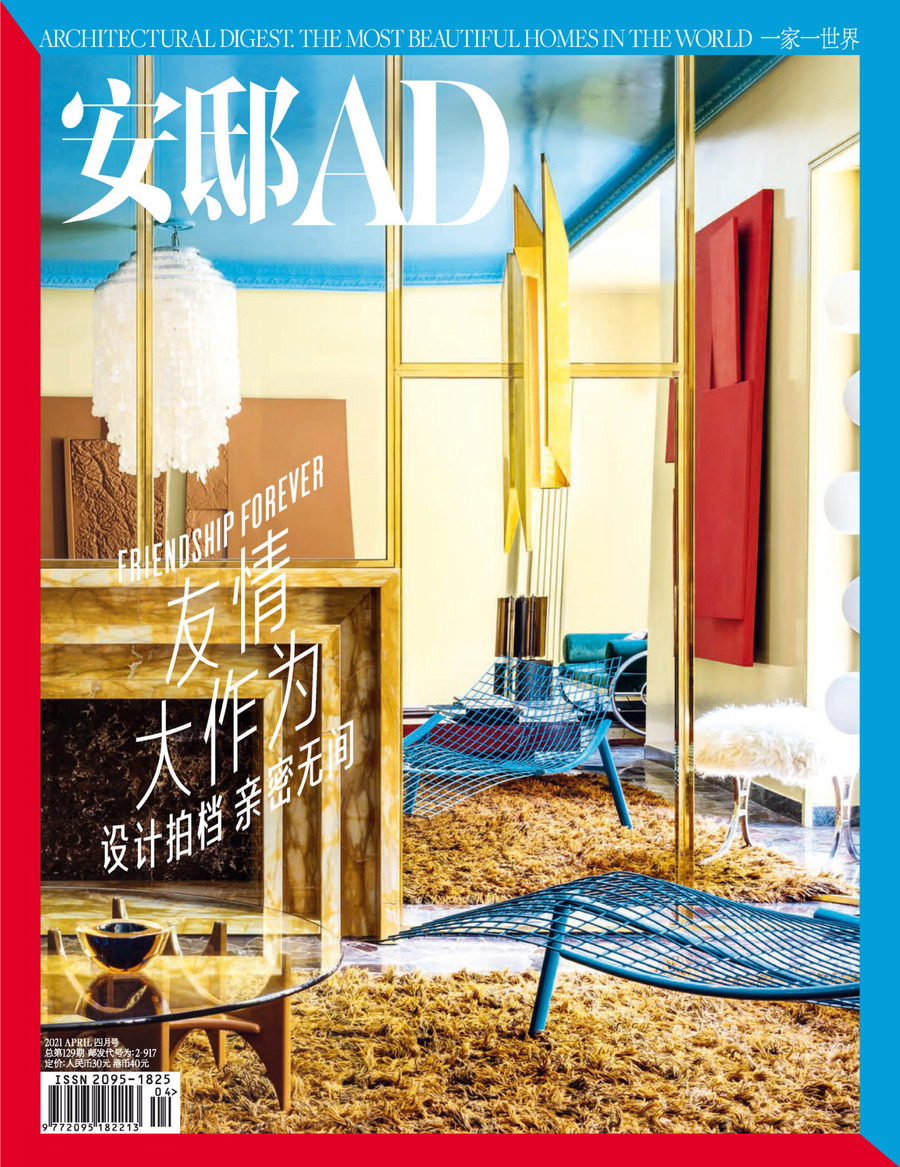
AD CHINA COVER STORY #ISSUE APRIL 2021
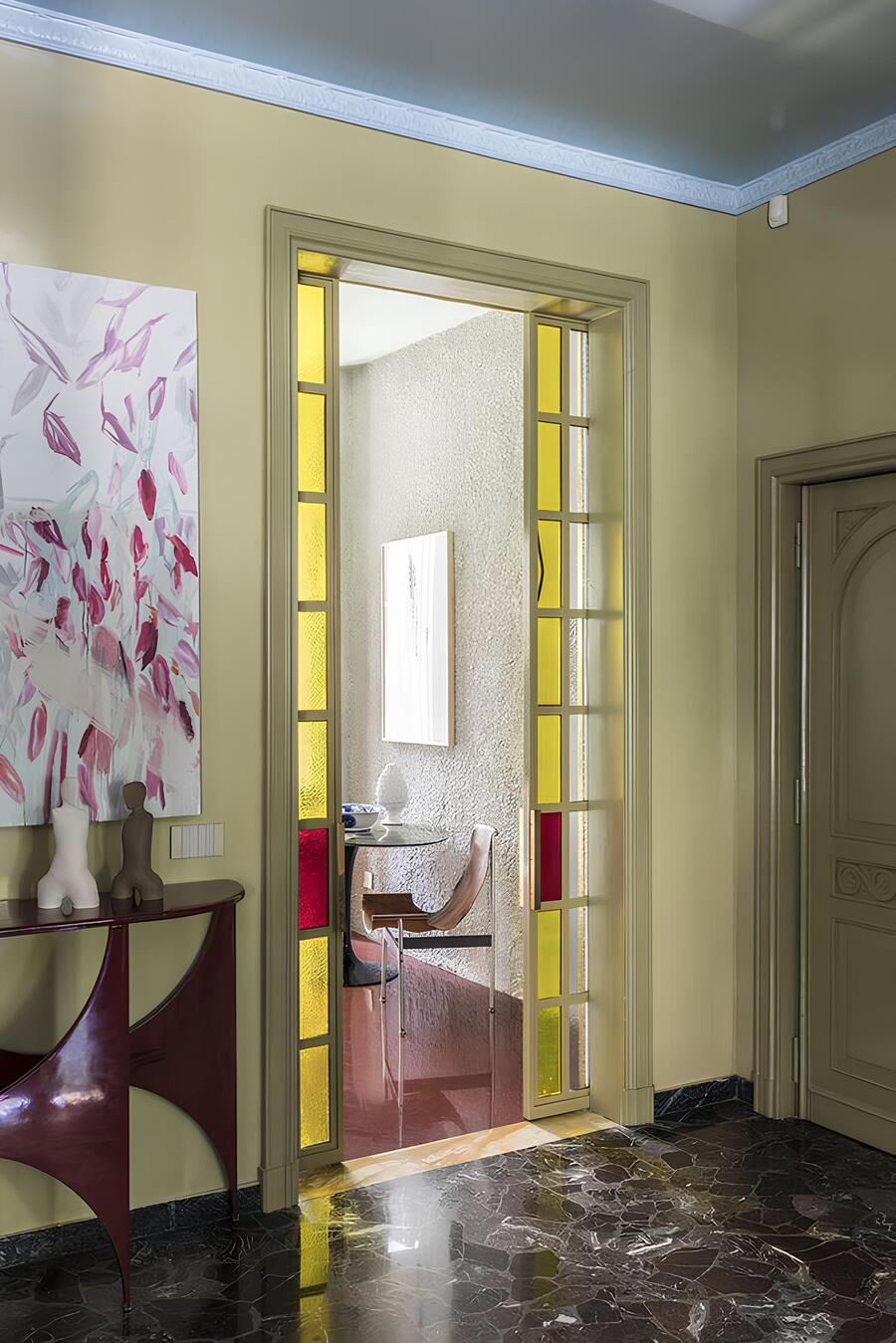
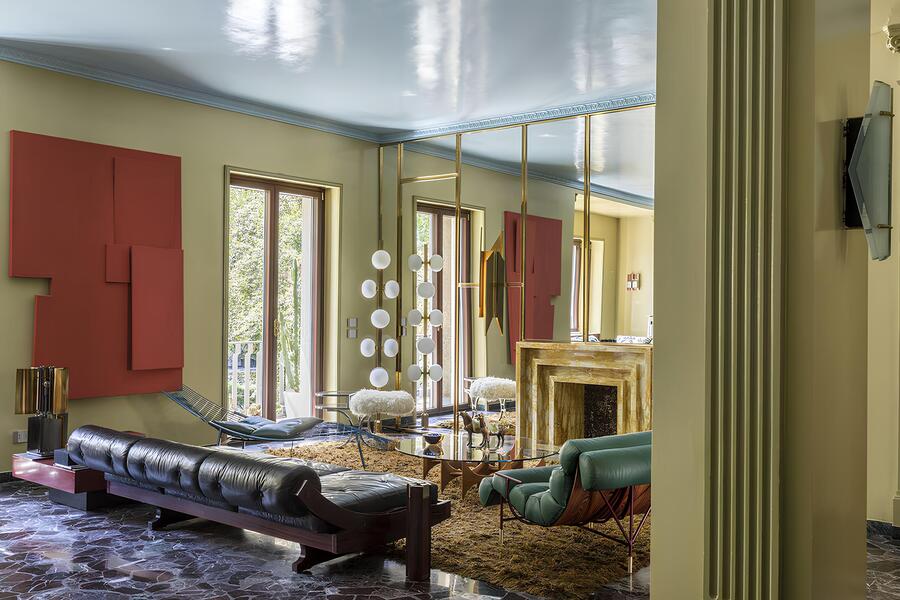
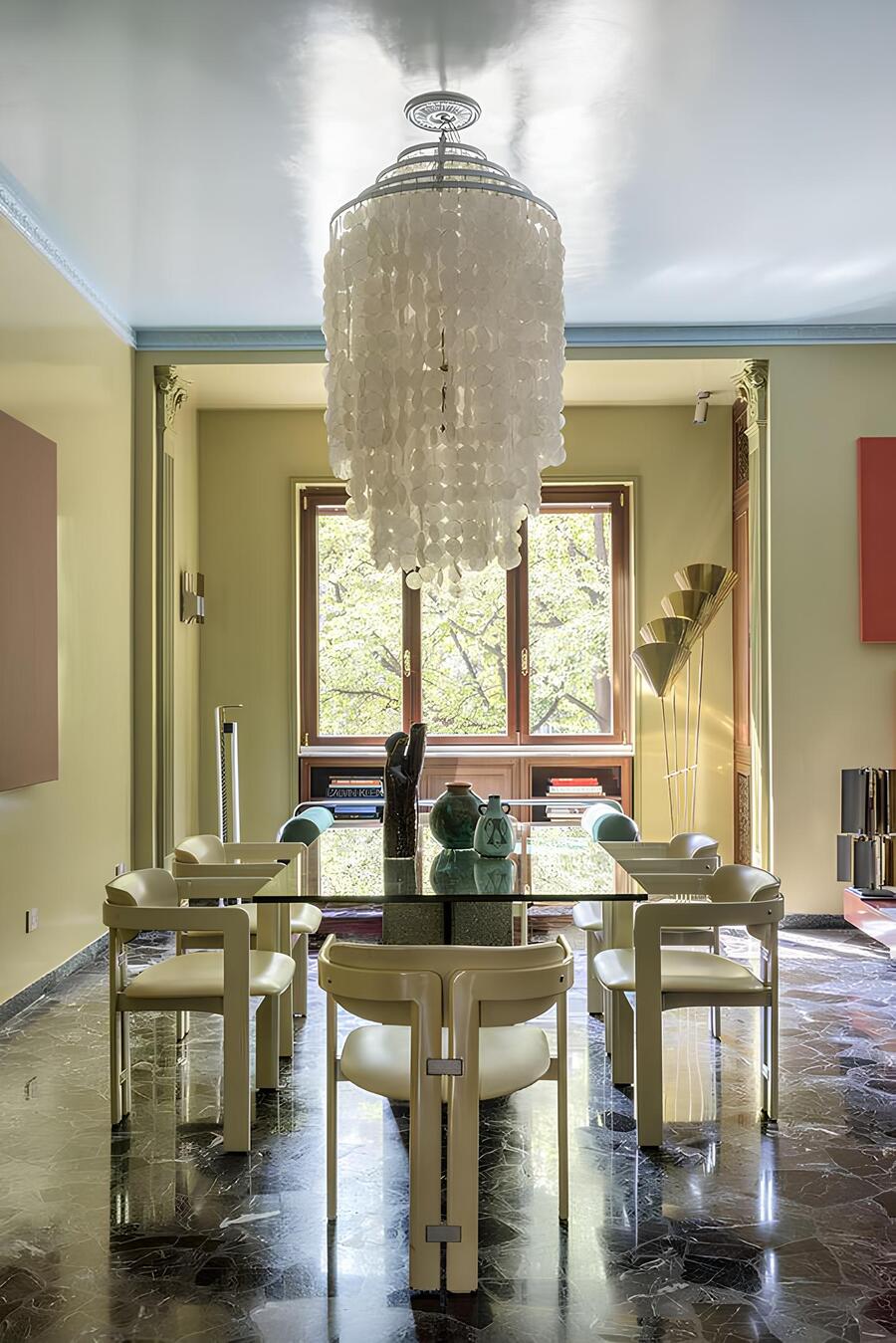
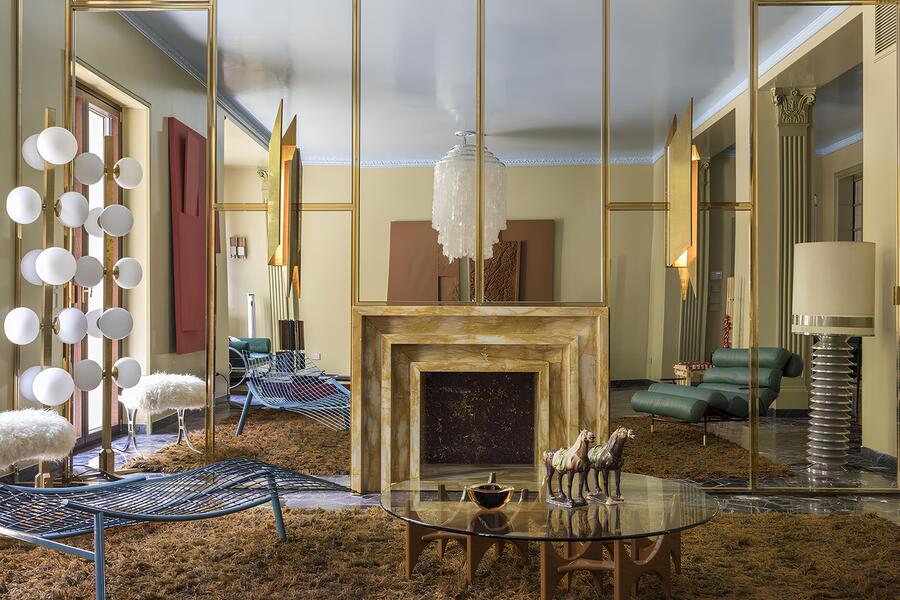
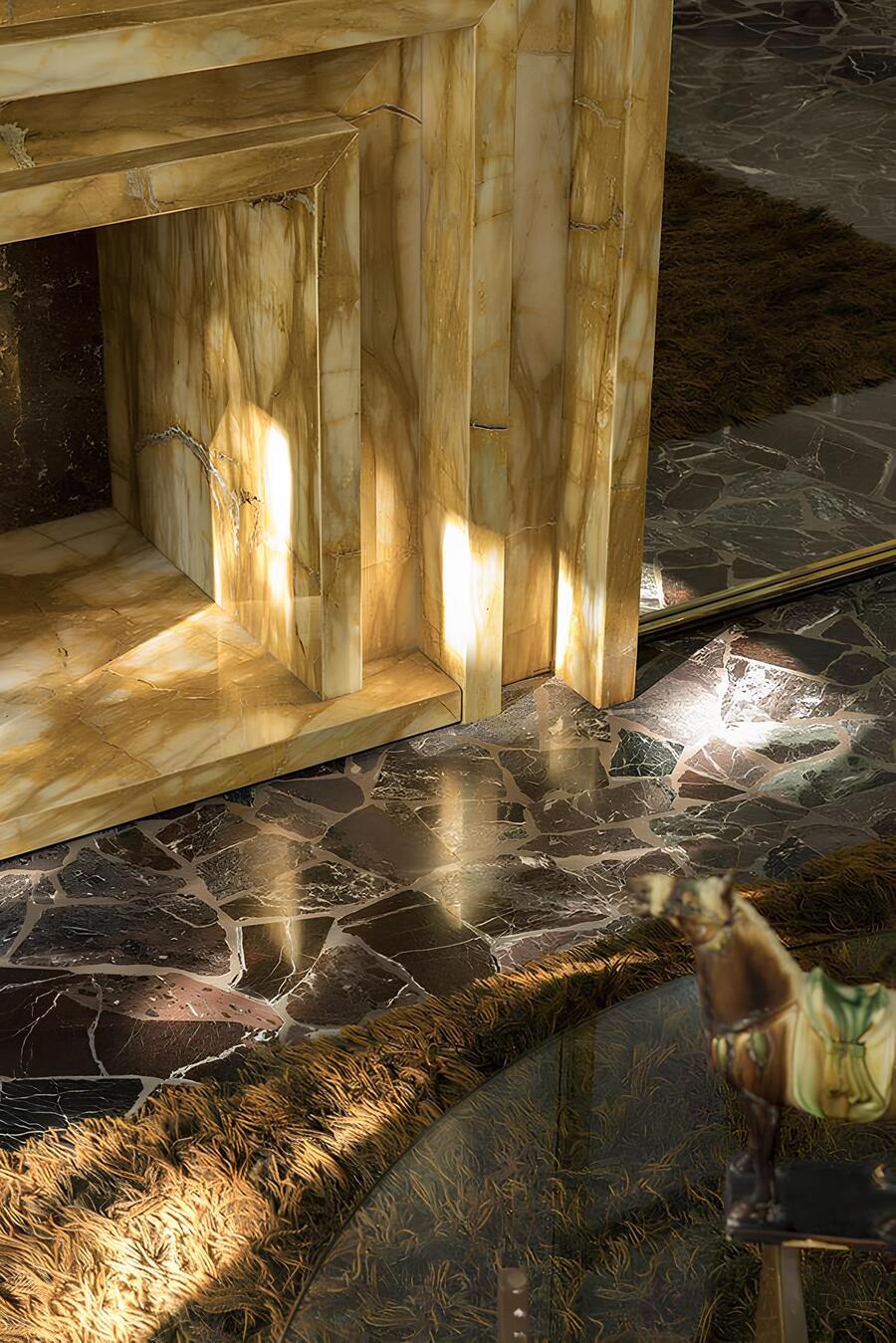
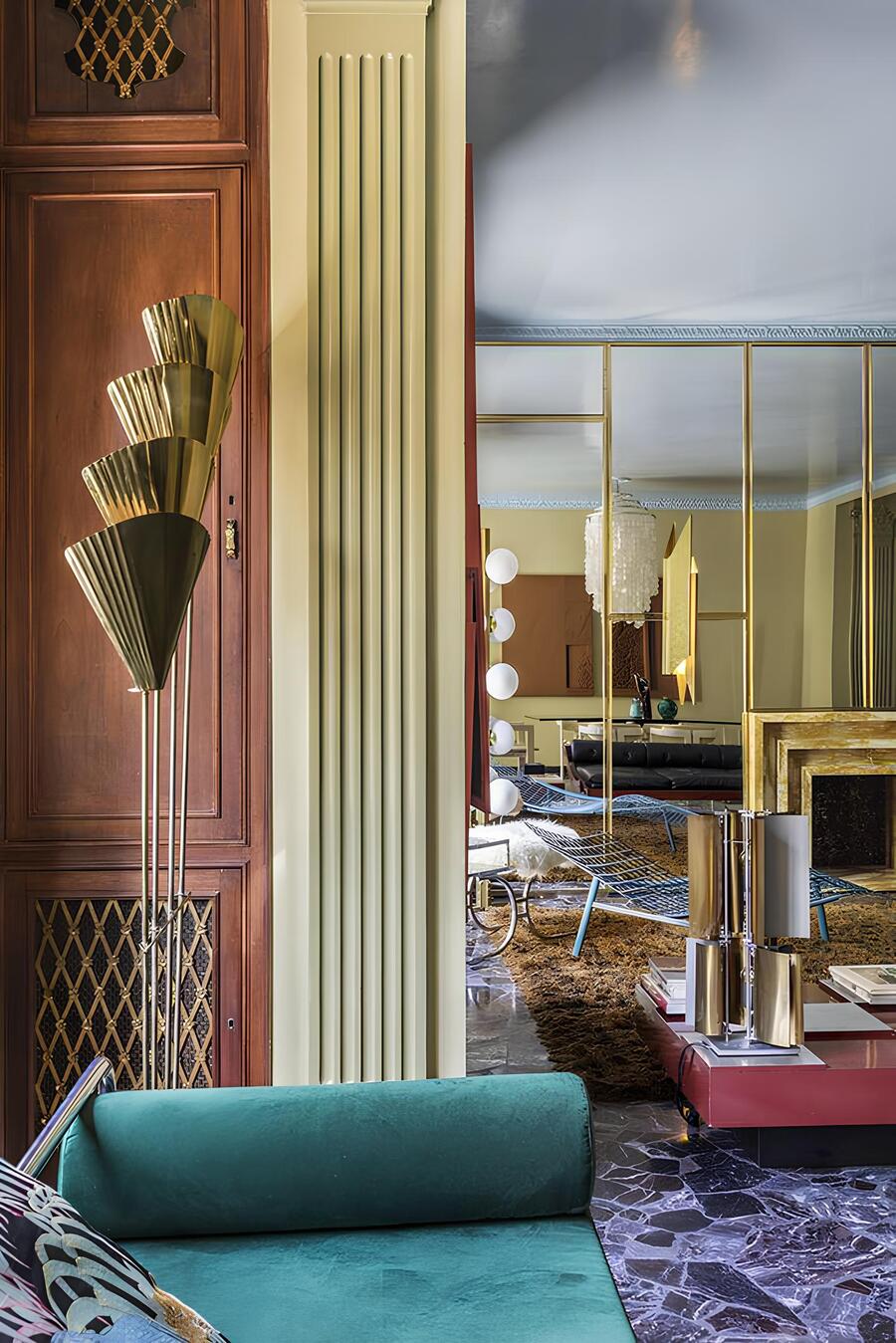
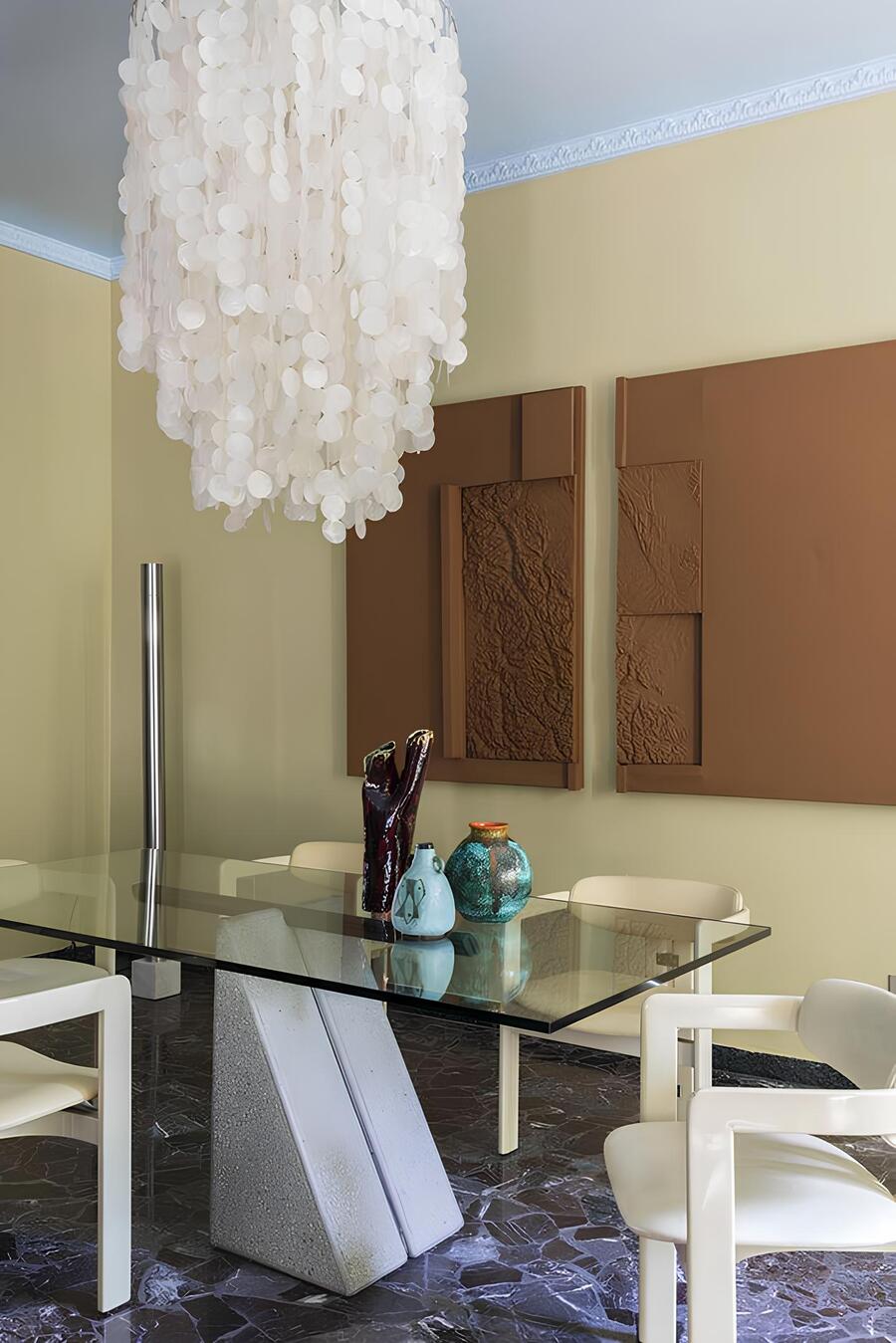
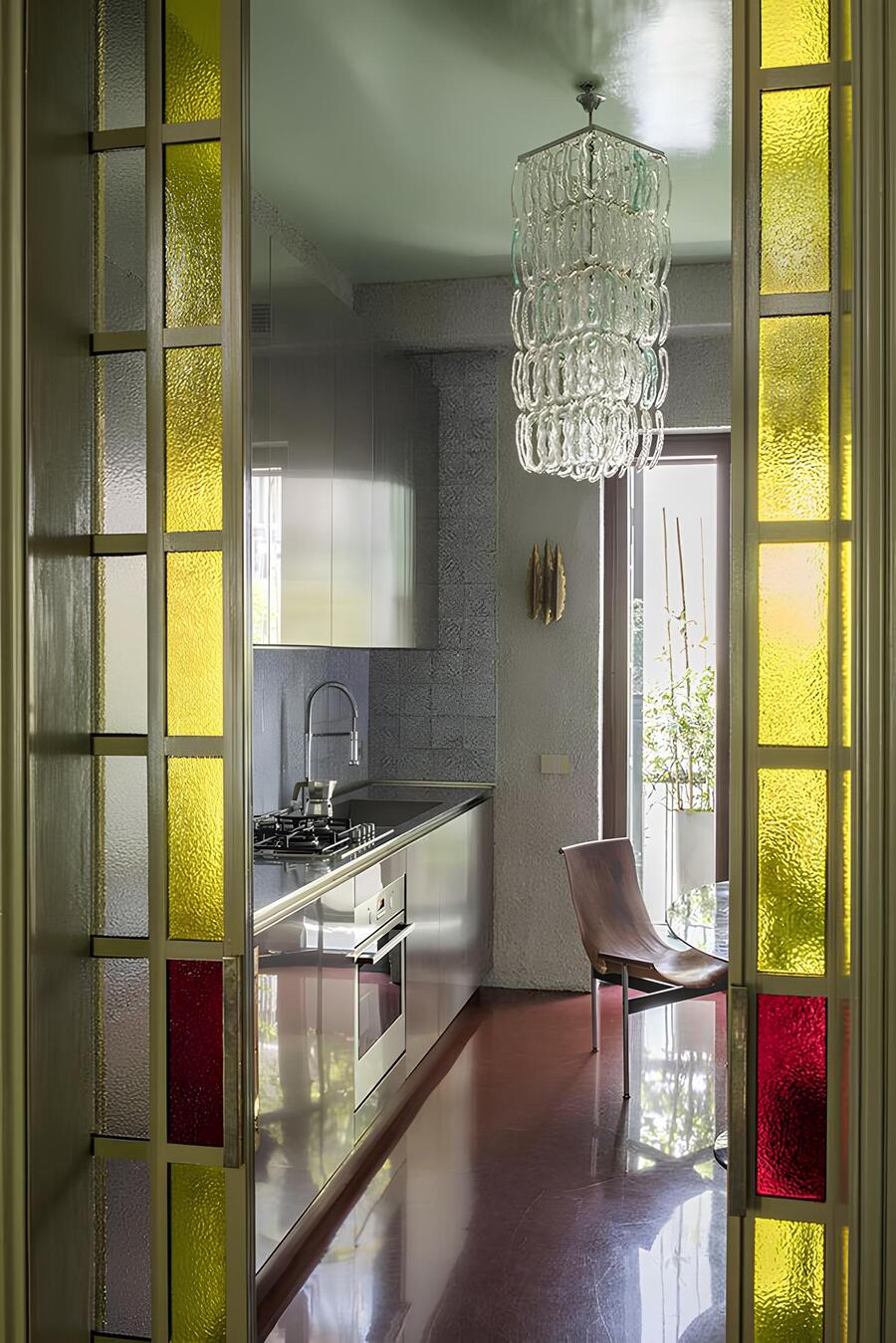
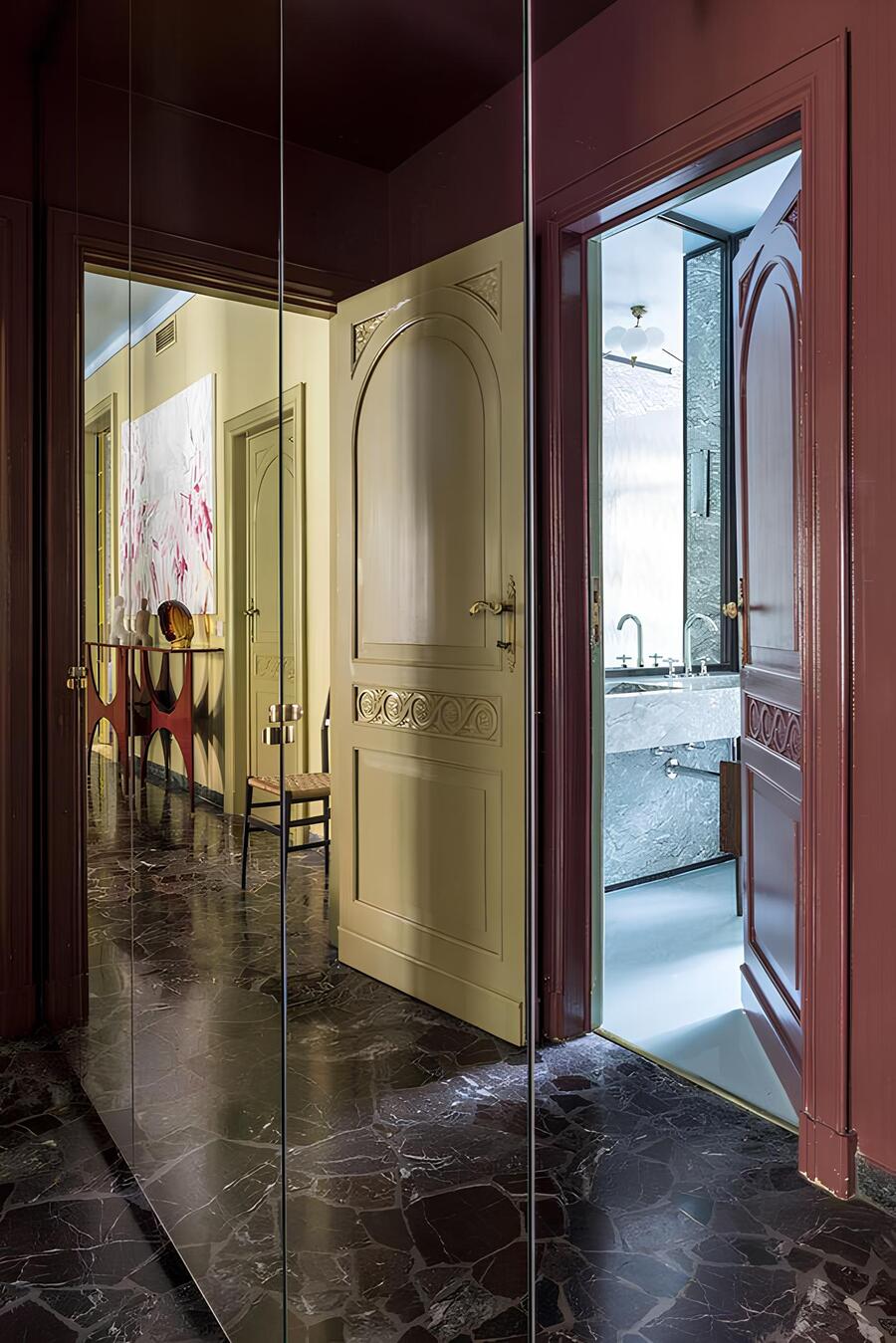

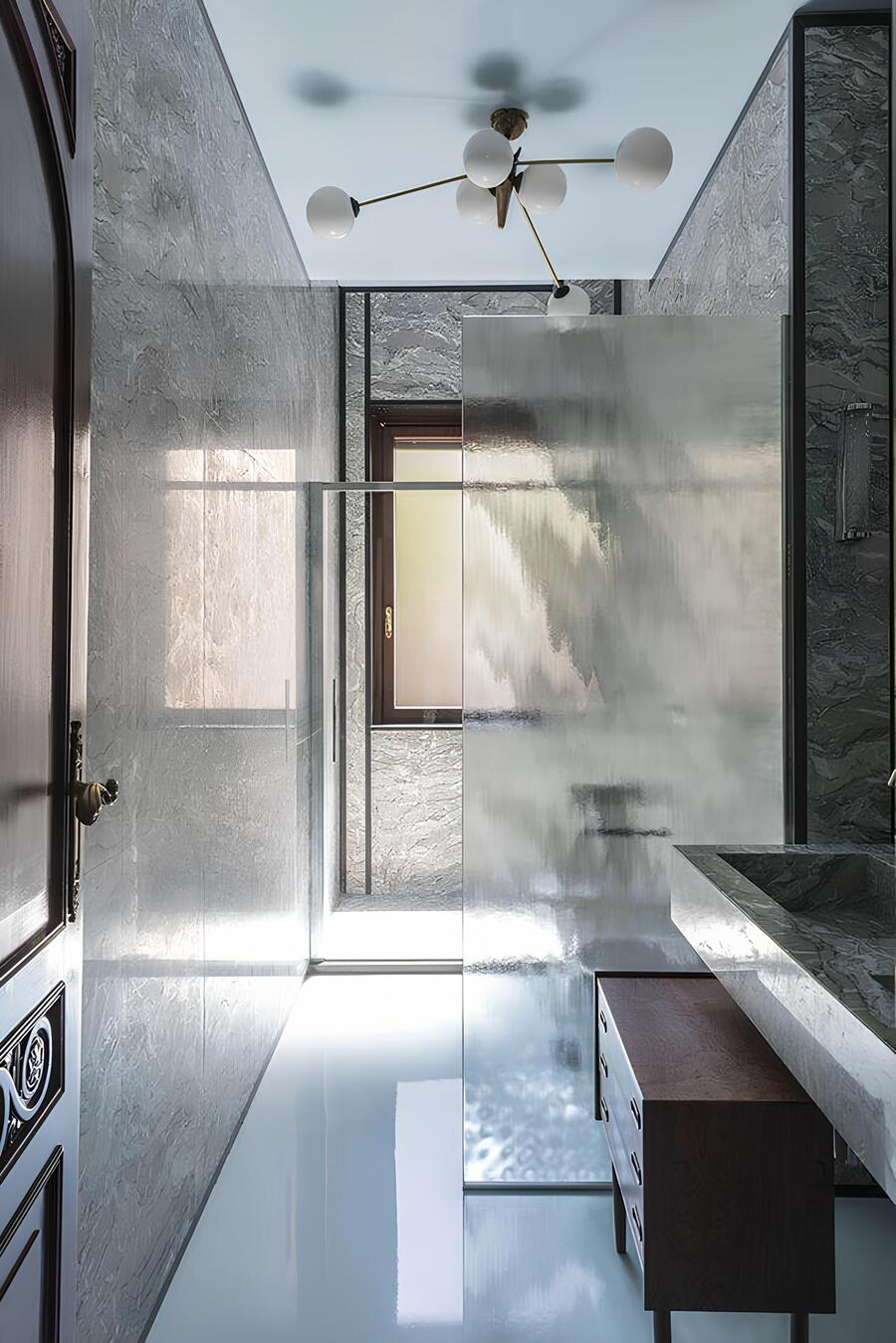
An Eighties Dream
Text by Florian Siebeck for Architectural Digest. Published February 3, 2021
No one moves between eras as effortlessly as architect and designer Hannes Peer. Presenting his latest creation.
American Gigolo? A bold idea—using the story of a male escort as the stylistic inspiration for a master bedroom—but the children love it: Chloe and Sascha could spend hours crawling across the carpeted floor, which rises in steps toward the bed, where everything merges into a single landscape. The subdued palette of greige, beige, and ecru recalls early Giorgio Armani campaigns rather than a playground, yet for their fashion-savvy parents, it’s just right. “Like an Eighties dream,” says Hannes Peer, who designed the Milan apartment for Valerio Leone and Nastya Shershen. Leone is a fashion designer who has worked for Jil Sander and Dolce & Gabbana, while Shershen, a model and muse, works as a stylist. One might mistake them for California surfers, but this isn’t Malibu—it’s Milan, and the couple is far more interested in interior details than in waves. Shortly after Leone found the apartment, he called Hannes Peer: “The marble floor, the pilasters! I was sure he’d love it.” And, most importantly, that the architect would make something extraordinary out of it. After all, Peer had just completed their previous apartment: 75 square meters of libertinage and rock ’n’ roll in Porta Venezia—the perfect space for the couple. There was just one problem when they moved in: Shershen was pregnant.
And so, two years later, a new beginning. This time, everything had to be bigger and more refined. “We’ve grown up, after all,” Leone points out. Now parents of two, they had only one request for their new home: We don’t want to be bored in it. So Hannes Peer gave each room its own distinct character. The South Tyrolean architect, who studied in Milan and Berlin and trained with Rem Koolhaas and Zvi Hecker, is not just their architect but a close friend. A dramaturg who layers eras so effortlessly that it’s almost impossible to tell what’s old and what’s new. “He respects the soul of a place,” Leone says. This subtle layering is evident in the living room, where Peer restored the neoclassical pilasters and juxtaposed them with a modernist mirrored wall. Its centerpiece is a faux Art Deco fireplace in Giallo Siena marble—an homage to Carlo Mollino (behind the mirrored wall, a small studio is hidden). The Italian exuberance of the 1970s is infused with nostalgic Mediterranean romanticism: deep mahogany-red terrazzo, ochre walls, and a soft, gleaming Hockney-esque turquoise ceiling—Leone longs for Naples. Because natural light floods the room, colors and patterns are woven together so densely that nearly every piece becomes a pièce de résistance. Giovanni Offredi’s rare Paracarro concrete table and Gianni Songia’s sofa for Sormani reflect the shared appreciation between the architect and his client for the underappreciated gems of the 1960s and 70s. Yet many of the standout pieces were designed by Peer himself: the coffee table, console, and armchair are part of his collection for Spotti Edizioni Milano.
He calls it nostalgic utopia—a palimpsest of tradition and modernity, where history is honored but overlaid with contemporary elements, engaging in a spatial dialogue until the boundaries between old and new blur. And when necessary, he even plants false clues. The seemingly antique Vietri ceramic tiles in the kitchen? They’re brand new. The bathroom, on the other hand, could be pure Art Deco—if not for the delicate blue ceiling and the flooring that make the space feel as if it’s floating in the sky. The graphic frames around the green marble are crafted from black granite, not stained, in the best Portaluppi tradition—just as the master architect did in the 1930s. “Today, everyone sees their ego in architecture. But isn’t it far more beautiful to look back and start from history?” Peer muses. What is often sold as minimalism, he argues, is simply a lack of ideas—a deficiency of scale and humanity.
It’s clear: Hannes Peer is not a designer who merely applies a coat of paint and arranges a few pieces of furniture. He goes beneath the surface. The architect orchestrates contrasts into atmospheric spatial compositions, firmly rooted in the legacy of the Italian modernists who are omnipresent in Milan. “I love working scenographically,” Peer says. He adds and subtracts until every room tells its own story. That his strong iconography and radical material choices resonate so well in the fashion world likely has to do with how fashion has shaped his understanding of architecture and space. “Not so much aesthetically, but as a worldview,” he says. “It has pushed fear aside.” The fear of clashing styles, of taking risks, of having courage. Courage in color, courage in form.